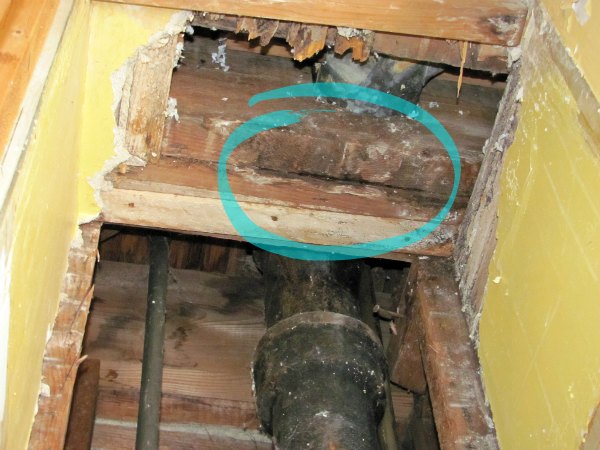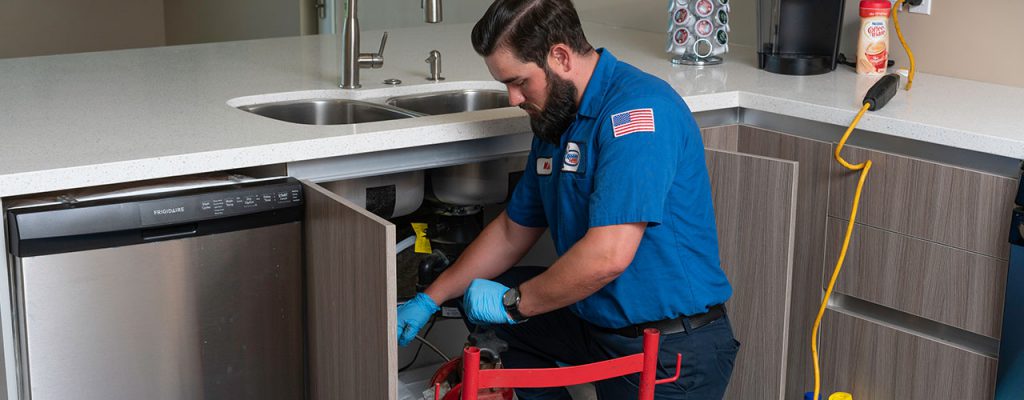Ways to Successfully Manage Plumbing Issues in Older Homes
Ways to Successfully Manage Plumbing Issues in Older Homes
Blog Article
How do you actually feel about Common Plumbing Problems in Older Homes?

Older homes commonly include charm, personality, and background, but they can additionally bring a host of plumbing concerns. Whether you're taking care of aging pipelines, low tide pressure, or leakages, knowing how to attend to these common issues is crucial to maintaining a secure and functional home. In this overview, we'll discover the common pipes difficulties dealt with by older homes and provide useful remedies to keep your pipes in leading shape.
Comprehending Typical Pipes Issues
Aging Pipes
Among the most typical concerns in older homes is maturing pipelines. Depending on the era in which your home was developed, the pipes could be made from materials that have actually weakened gradually, such as galvanized steel, cast iron, or even lead. These materials can wear away, become brittle, or establish leakages, resulting in water damages and potential health hazards.
Water High Quality Testing
Older pipelines can influence the quality of your water. Conduct a water high quality examination to check for contaminants such as lead, corrosion, or other pollutants that might be presented by aging pipes.
Solutions for Typical Pipes Issues
Replacing Aging Pipelines
If your home has old, wearing away pipes, think about changing them with modern-day materials like copper or PEX. This can be a considerable financial investment, yet it will certainly prevent future issues and improve the safety and reliability of your plumbing system.
Fixing Low Water Pressure
To repair low water stress, start by cleaning or changing old components and getting rid of mineral build-up in the pipelines. If the trouble persists, it may be required to replace sections of corroded pipes.
Repairing and Replacing Leaking Pipes
For small leaks, you can use pipe clamps or epoxy putty as a temporary fix. However, it's best to change dripping pipelines completely to prevent further damage.
Upgrading Fixtures
Updating old components to contemporary, water-efficient designs can improve your home's plumbing efficiency and reduce water intake. Seek components with the WaterSense label for the best performance.
Managing Pipeline Rust
If your pipes are corroded, changing them with corrosion-resistant products like copper, PVC, or PEX is the very best solution. Normal evaluations and water quality maintenance can assist avoid even more corrosion.
Low Water Pressure
If you're experiencing low water stress, maybe because of mineral deposits, corrosion inside the pipelines, or old components that are no more working efficiently. This can be a major trouble, specifically in locations like showers and sinks.
Leaking Pipelines
Leakages are another frequent concern in older homes, commonly triggered by corroded or damaged pipes. Even tiny leaks can lead to substantial water damages, mold development, and boosted water bills otherwise attended to quickly.
Outdated Components
Outdated pipes fixtures such as taps, bathrooms, and showerheads not only look old yet may likewise be much less effective, prone to leakages, or incompatible with contemporary plumbing criteria.
Pipe Rust
Corrosion is an usual problem in older pipelines, particularly those made from galvanized steel or actors iron. Corroded pipes can limit water flow, create discoloration, and at some point result in leakages or pipe ruptureds.
Assessing the Problem of Your Pipes
Examining Noticeable Pipes
Beginning by evaluating any type of noticeable pipes in your house, such as those in cellars, crawl spaces, or under sinks. Search for indicators of corrosion, leakages, or corrosion, which can indicate underlying problems.
Looking for Leaks
Check for leaks by checking locations around taps, toilets, and under sinks. You can likewise check your water meter prior to and after a period of no water utilize to find hidden leaks.
When to Call an Expert
While some pipes concerns can be handled with DIY options, there are times when it's best to call a professional. If you're taking care of major leakages, comprehensive rust, or are unclear about the condition of your pipelines, a qualified plumber can offer skilled analysis and repair.
Preventive Maintenance Tips
Regular Evaluations
Consistently inspect your plumbing system for signs of wear and tear. Catching issues early can avoid expensive repair services down the line.
Water Stress Law
Guarantee your water stress is within the advised array to stay clear of stressing your pipelines and components. A plumbing can install a pressure regulator if needed.
Water Top Quality Upkeep
Mount water filters or conditioners if your water high quality is poor. This can safeguard your pipes and fixtures from damage caused by tough water or impurities.
Aggressive Pipeline Substitute
If your home has very old pipes, consider positive replacement before major concerns emerge. This can conserve you from emergency situation fixings and water damages.
Final thought
Taking care of plumbing issues in older homes calls for a mix of caution, precautionary maintenance, and prompt upgrades. By recognizing the typical obstacles and knowing when to seek expert aid, you can guarantee your plumbing system remains useful and trustworthy for many years to come.
7 Common Plumbing Issues in Older Homes
Read More Plumbing Articles
Whether you're mulling over purchasing your dream period property, or you already own one, being aware of common plumbing problems in old homes can help you avoid expensive mishaps.
Many plumbing problems in old homes are similar to those faced in newer properties, but some are more prevalent in houses over a certain age. If you've recently bought an old house or haven't had your aging plumbing system inspected in a while, it's worth keeping an eye out for the following issues:
Bad Pipe Materials
Depending on the age of your home, the pipe materials used in your plumbing system may not comply with modern building codes and could be unsafe.
Lead pipes are the most dangerous type of old plumbing pipes. This metal was once used extensively for manufacturing water pipes because it's easy to shape and has a long lifespan. Plumbers also used it to solder joints between pipes made from other materials. However, lead can cause serious health problems, particularly in children. Drinking water from pipes containing lead can lead to lead poisoning symptoms, such as stomach pain and fatigue, so it's essential to replace them if you discover them in your home.
Outdated Fixtures
Even if the previous owners installed high-quality fixtures, these won't be immune to the effects of age and wear and tear. Over time, fixtures can corrode and wear down, increasing the likelihood of leaks and clogs.
Sometimes, an outdated fixture can be a minor irritation that makes using your plumbing system less convenient. However, it's best to maintain older plumbing components carefully and replace them when they show signs of failure to avoid a major leak and water damage.
Corroded or Leaking Pipes
Corroded pipes are a common plumbing issue in old homes. Corrosive substances in the water supply can gradually break down the metal used to make the pipes, eventually causing leaks. Corrosion can also cause sediment to build up, increasing the chances of a clogged pipe. All these issues take time to develop, making them more likely in old house plumbing.
Drain Problems
Older home drainage systems were often installed before the arrival of appliances such as garbage disposals, so they're frequently incapable of handling modern household usage. The result could be frequent clogs or water backing up into sinks and other fixtures.
A failing sewer line is the most serious drainage issue commonly encountered in old houses. This problem is more likely if you've remodeled your home to add more fixtures, placing more pressure on a sewer line not designed for the purpose. Eventually, the line can become clogged, causing unpleasant indoor smells, poor drainage and contaminated wastewater backing up into your fixtures.
Pipe Bellies
Pipe bellies develop when pipes buried in your home's foundation start sagging as the building settles. They create downward slopes, affecting water drainage and increasing the risk of significant blockages. You don't need to worry about pipe bellies in a pressurized main line, as the water pressure prevents the pipes from clogging, but they can cause issues in drain lines.
Root Intrusion
Root intrusion occurs when trees and other shrubs grow roots too close to your sewer line or water service line. Sometimes, the roots penetrate the pipe walls, leading to leaks and soft or wet areas in your yard.
Unfortunately, root intrusion is a more common plumbing problem in old homes. That's because older houses are more likely to have pipe bellies allowing standing water to accumulate, attracting roots to the moist conditions.
https://www.elocal.com/resources/home-improvement/plumbing/faq/plumbing-issues-in-older-homes/

I stumbled upon that blog posting on Common Plumbing Problems in Older Homes while browsing the web. If you appreciated our blog post please remember to share it. Kudos for your time. Come back soon.
Click Here Report this page